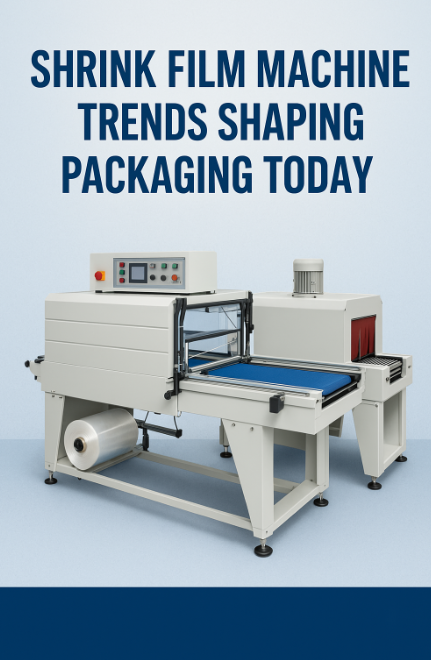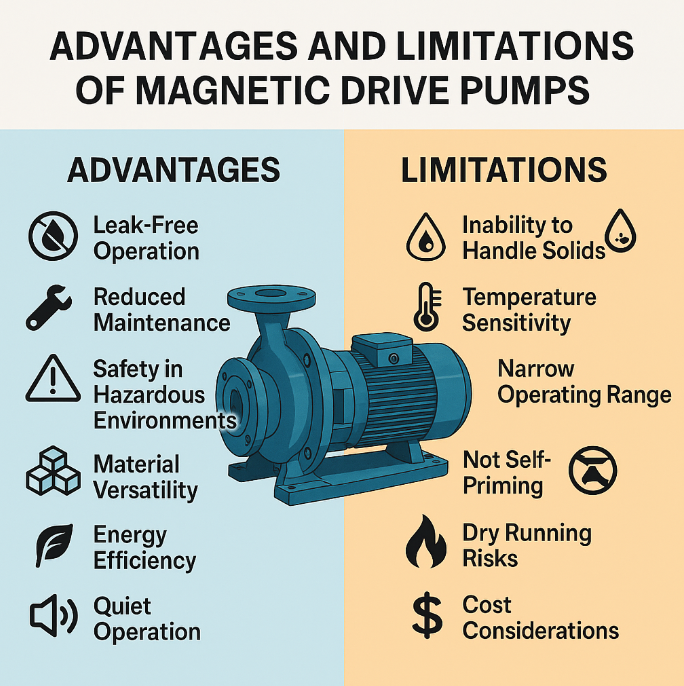Which System Offers Better Safety, Efficiency, and Flexibility?
In the fast-paced world of modern construction, the tools and systems used on-site can significantly influence both project efficiency and worker safety. Among them, scaffolding systems play a crucial role. Today, we take a closer look at two popular types: Ring Lock Scaffolding Systems and Traditional Scaffolding Systems, to understand how they differ and which is better suited for current construction demands.
What is Traditional Scaffolding?
Traditional scaffolding systems typically include tube and coupler (clamp) scaffolding, frame scaffolding, or H-frame scaffolding. These systems have been used for decades and are still prevalent in many parts of the world. They are usually assembled manually using steel pipes and fittings.
Pros:
- Widely understood by the workforce
- Lower initial cost
- Suitable for simple, low-rise projects
Cons:
- Labor-intensive assembly and disassembly
- Higher risk of assembly errors
- Limited flexibility for complex structures
What is Ring Lock Scaffolding?
Ring Lock scaffolding is a modular system made up of vertical posts, horizontal ledgers, and diagonal braces that connect through a rosette (ring) mechanism. It’s engineered for quick installation, high stability, and adaptability in complex architectural environments.
Pros:
- Fast assembly: Fewer components and a rosette locking mechanism speed up setup
- Enhanced safety: Standardized components reduce human error
- Versatile design: Ideal for irregular structures and industrial applications
- Durability: Galvanized steel resists corrosion and wear
Cons:
- Higher initial investment
- Requires training for first-time users








